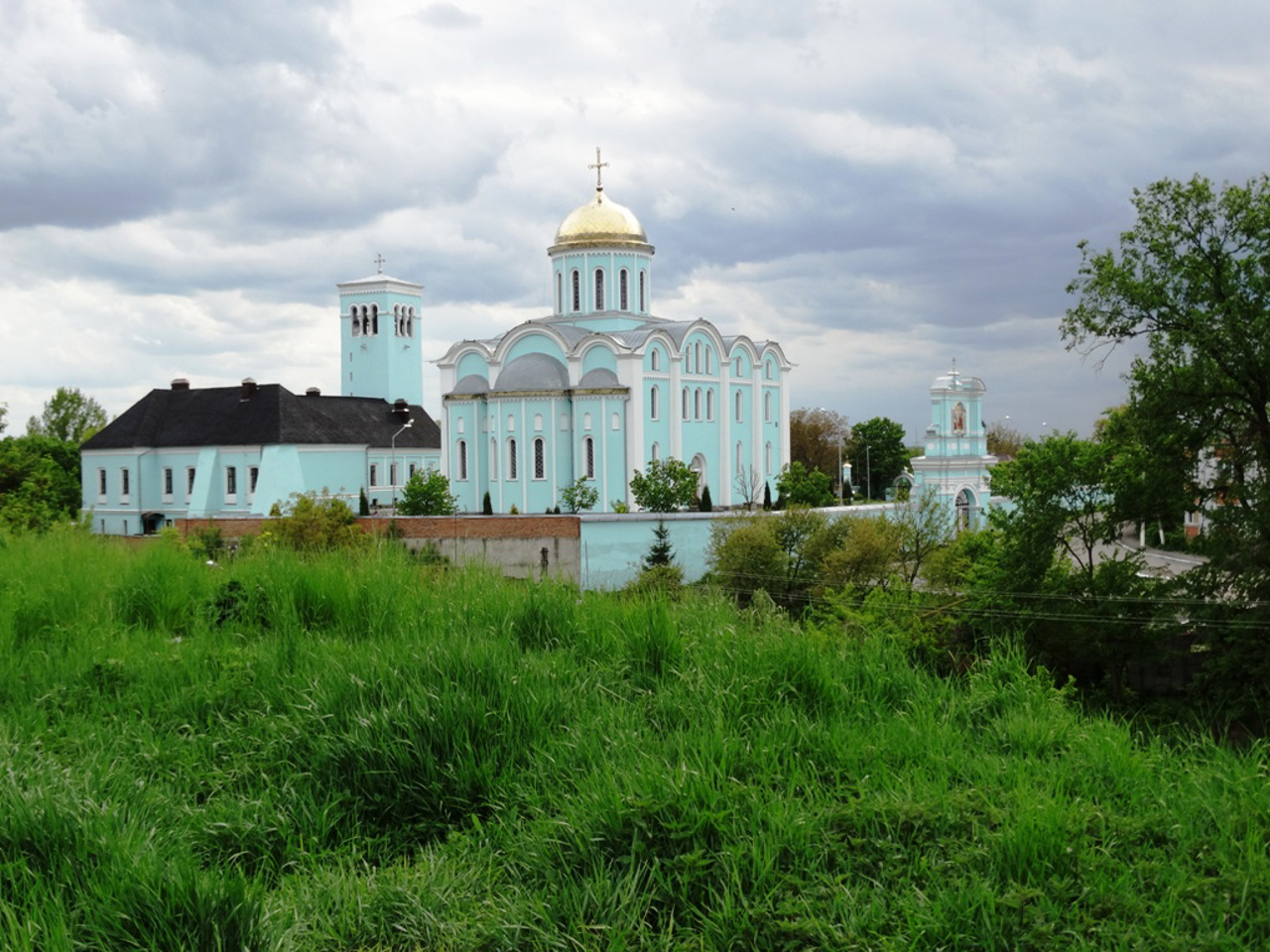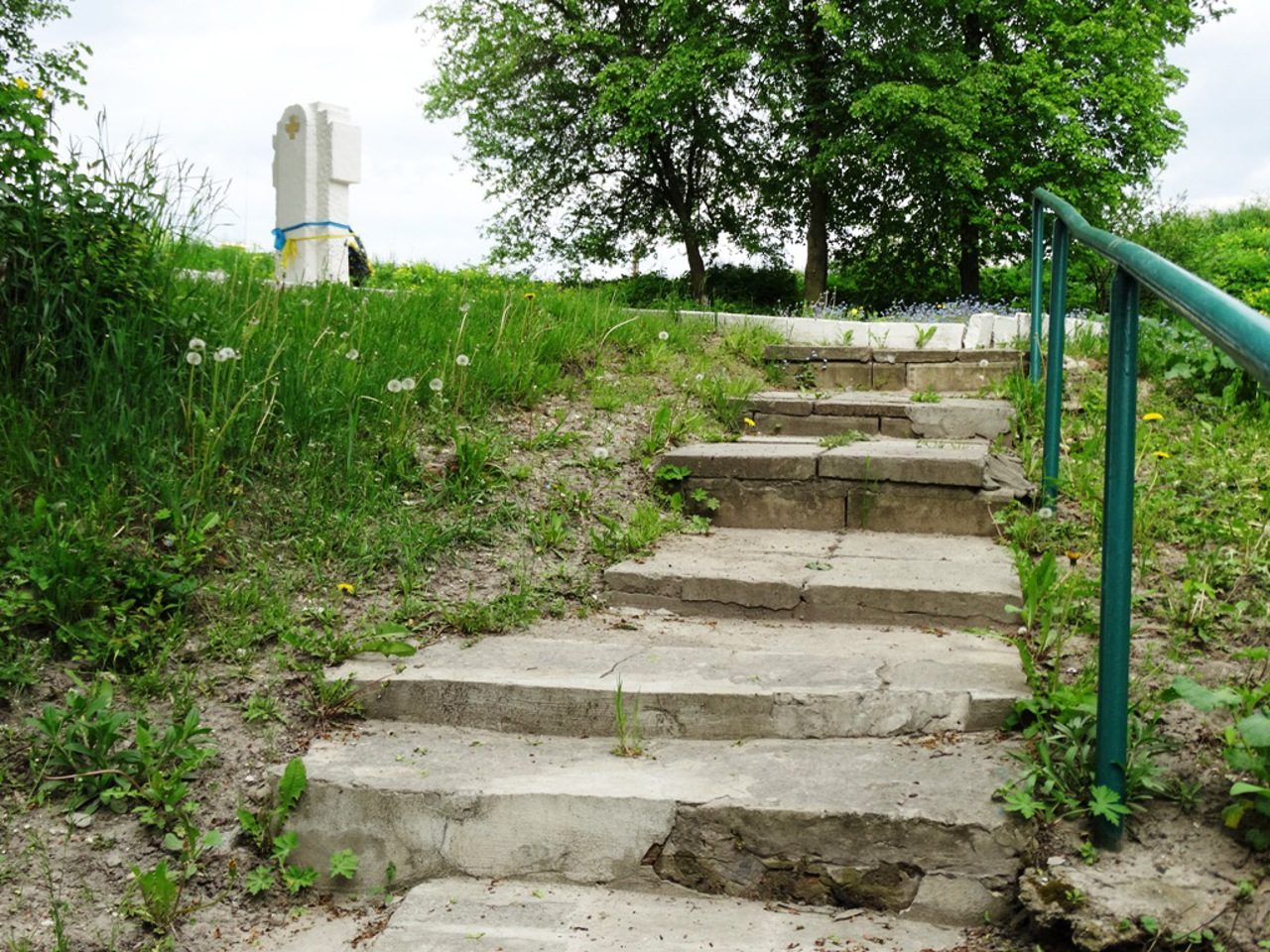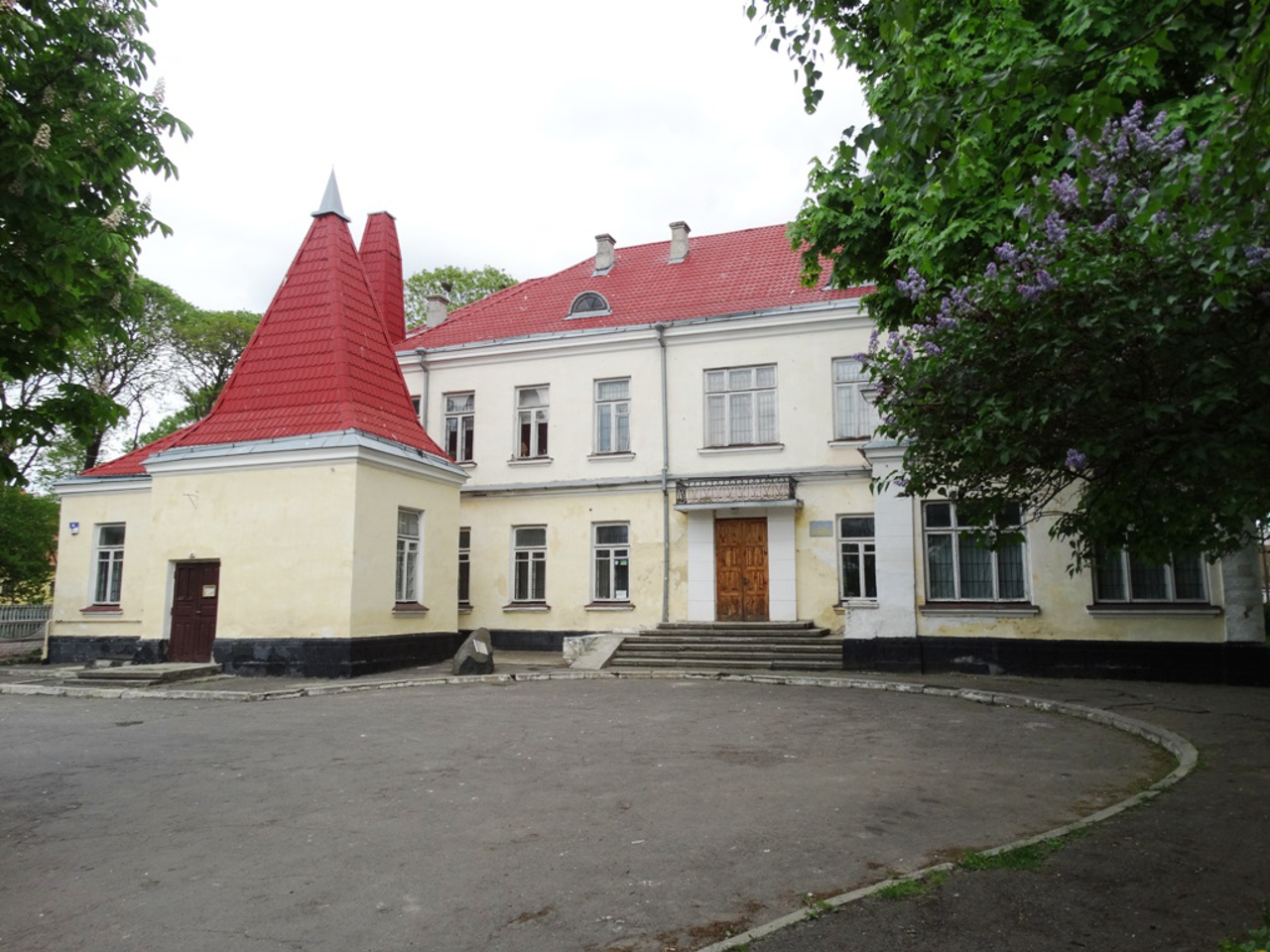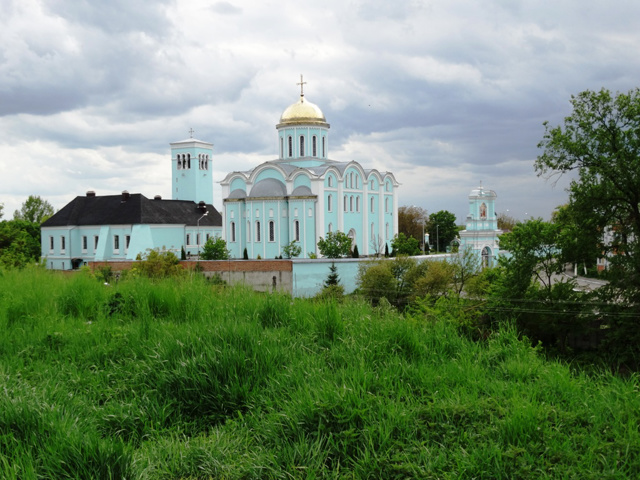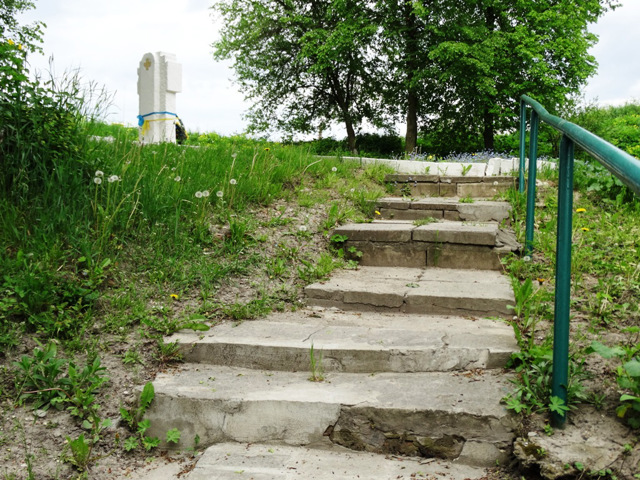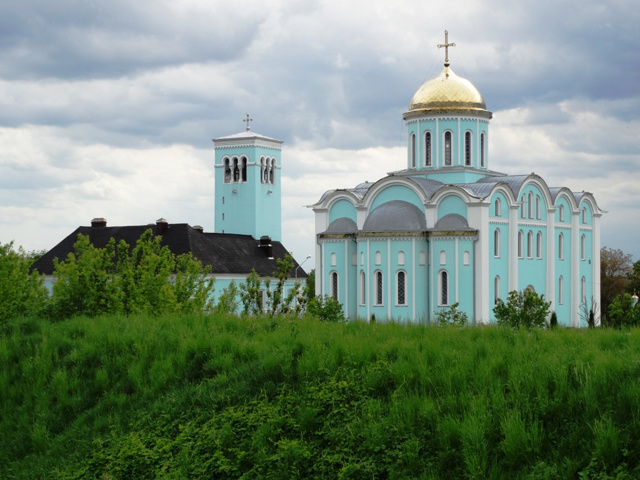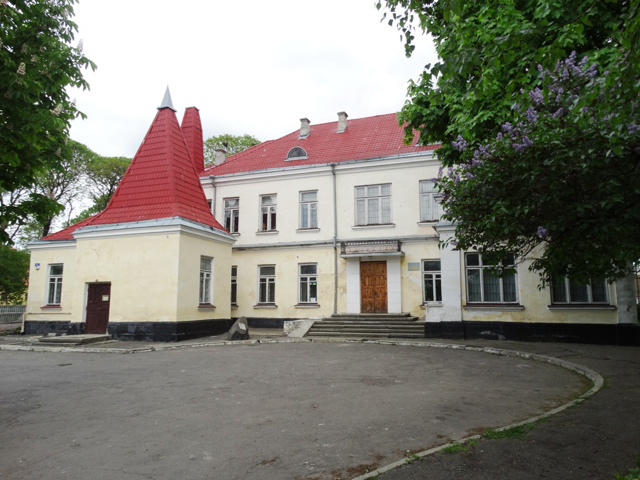Functional temporarily unavailable
General information about Volodymyr
The city of Volodymyr is an ancient settlement on the Luh River, not far from the Polish border. It originated in early Slavic times as Ladomyr. Under the name Volodymyr, it is first mentioned in 988 in the "Tale of Timeless Years", after it was annexed to Rus by Prince Volodymyr the Great.
In 1199, it became the capital of the Halicia-Volyn principality. The earthen ramparts of the fortress of the X-XIV centuries remind us of the status of a strategic western outpost. The white stone Cathedral of the Assumption from the time of Mstislav Izyaslavych (XII century), the unique Vasylivska Rotunda Church, and other churches have been wonderfully preserved.
A few kilometers to the south is the ancient Zymne Assumption Monastery at the Holy Mountain.
During the Rus ...
The city of Volodymyr is an ancient settlement on the Luh River, not far from the Polish border. It originated in early Slavic times as Ladomyr. Under the name Volodymyr, it is first mentioned in 988 in the "Tale of Timeless Years", after it was annexed to Rus by Prince Volodymyr the Great.
In 1199, it became the capital of the Halicia-Volyn principality. The earthen ramparts of the fortress of the X-XIV centuries remind us of the status of a strategic western outpost. The white stone Cathedral of the Assumption from the time of Mstislav Izyaslavych (XII century), the unique Vasylivska Rotunda Church, and other churches have been wonderfully preserved.
A few kilometers to the south is the ancient Zymne Assumption Monastery at the Holy Mountain.
During the Russian rule in Volyn, the city was named Volodymyr-Volynskyi to distinguish it from the Russian Volodymyr-nad-Klyazma. The historical name of the city was returned in 2021.
The location in the border zone next to the "Ustyluh" crossing and the presence of a good tourist infrastructure make the city a convenient transshipment point for trips to Europe.
Місто Володимир - стародавнє поселення на річці Луг, недалеко від польського кордону. Виникло в ранньослов'янські часи як Ладомир. Під ім'ям Володимир вперше згадується в 988 році в "Повісті времєнних літ", після того, як був приєднаний до Русі князем Володимиром Великим.
У 1199 році став столицею Галицько-Волинського князівства. Про статус стратегічного західного форпосту нагадують земляні вали фортеці X-XIV століть. Чудово зберігся білокам'яний Успенський собор часів Мстислава Ізяславича (XII століття), унікальна Василівська церква-ротонда, інші храми.
У декількох кілометрах на південь знаходиться древній Святогірський Зимненський монастир.
За часів російського панування на Волині місто отримало назву Володимир-Волинський, щоб відрізнити йо ...
Місто Володимир - стародавнє поселення на річці Луг, недалеко від польського кордону. Виникло в ранньослов'янські часи як Ладомир. Під ім'ям Володимир вперше згадується в 988 році в "Повісті времєнних літ", після того, як був приєднаний до Русі князем Володимиром Великим.
У 1199 році став столицею Галицько-Волинського князівства. Про статус стратегічного західного форпосту нагадують земляні вали фортеці X-XIV століть. Чудово зберігся білокам'яний Успенський собор часів Мстислава Ізяславича (XII століття), унікальна Василівська церква-ротонда, інші храми.
У декількох кілометрах на південь знаходиться древній Святогірський Зимненський монастир.
За часів російського панування на Волині місто отримало назву Володимир-Волинський, щоб відрізнити його від російського Володимира-над-Клязьмою. Історичну назву місту повернули 2021 року.
Розташування в прикордонній зоні поряд з переходом "Устилуг" та наявність непоганої туристичної інфраструктури робить місто зручним перевалочним пунктом при поїздках до Європи.
Сплануй своє перебування у Volodymyr
What to see and where to go in Volodymyr
Tourist attractions and museums of Volodymyr
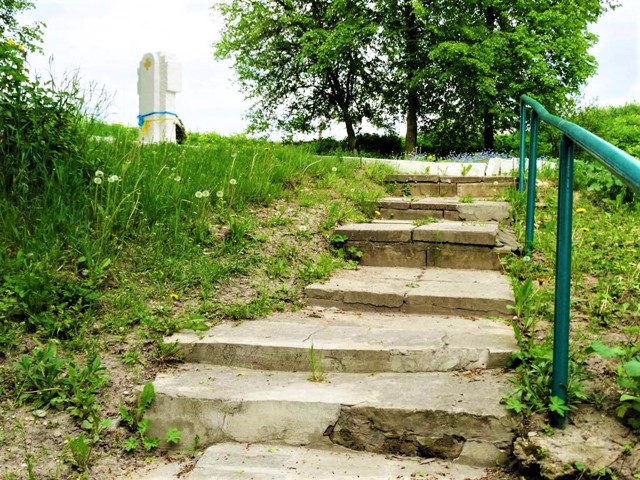
Ancient City Ramparts
Castle / fortress
The first fortifications of the city of Ladomyr between the Luha River and its two tributaries arose in early Slavic times.
The earthen ramparts of a quadrangular shape preserved in the center of modern Volodymyr belong to the heyday of urban construction after the accession of the city to Kyivan Rus by Prince Volodymyr the Great.
There were wooden city walls with towers and several gates on the ramparts, a moat with water ran around the ramparts, and there were several stone temples and palaces on the territory.
From the 19th to the middle of the 20th century, the government of tsarist, then Soviet Russia used the fortress as a prison for political prisoners, then as a tuberculosis hospital. A two-story prison building has been preserved, which is being restored to house a museum exhibit.
A memorial sign was installed in honor of those who died for the freedom of Ukraine.
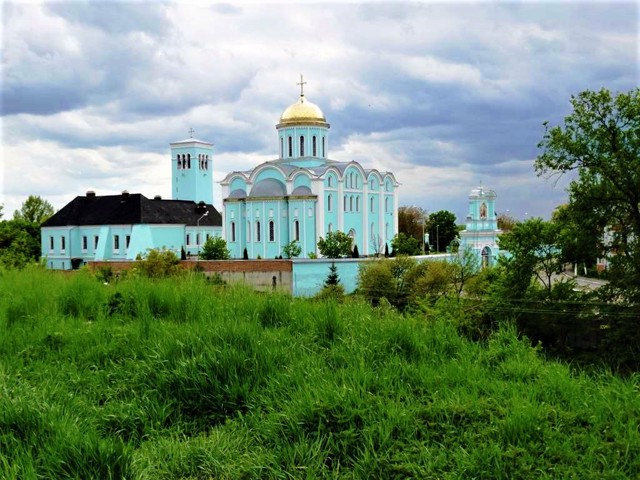
Holy Assumption Cathedral
Temple , Architecture
The ancient white-stone Holy Assumption Cathedral rises majestically above the city of Volodymyr, a little away from the center, behind the ramparts of the city center.
Founded in the 12th century by Mstyslav Izyaslavych, the future Grand Duke of Kyiv. "Mstyslav's Church" was the residence of the Volyn bishops and the ancestral tomb of the Mstyslavych princes. Roman Mstyslavich, the founder of the Galicia-Volyn principality, is buried here.
The temple was repeatedly destroyed and rebuilt, the last reconstruction in 1900 gave it ancient Rus forms.
Nearby is the bell tower built in the 15th century, as well as the bishop's house.
Monuments to ancient Rus princes have been erected on the territory.
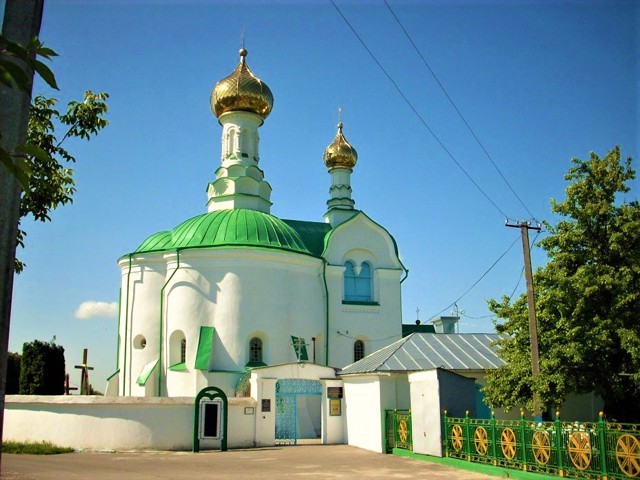
Saint Basil's Rotunda Church
Temple , Architecture
Saint Basil's Rotunda Church is a unique example of Orthodox architecture. The name of the architect Oleksa, who built the temple, is mentioned in the Galician-Volyn Chronicle.
Elements of Gothic architecture can be traced in the structural and technical solution, in particular the eight-petal ceiling.
In 1901, a Russian-style bathhouse was built on top, which changed the look of the Basil's church beyond recognition.
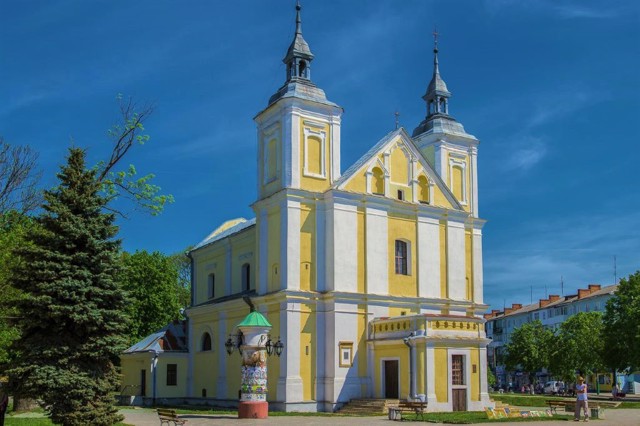
Saints Joachim and Anna Church
Temple , Architecture
The parish church of Saints Joachim and Anna was built in Volodymyr in austere forms of late baroque on the site of a wooden church founded in 1554 with the support of Princess Anna Zbarazka.
Three-naft basilica with two towers on the main facade.
Under the church of Saints Joachim and Anna are basements covered with cylindrical vaults.
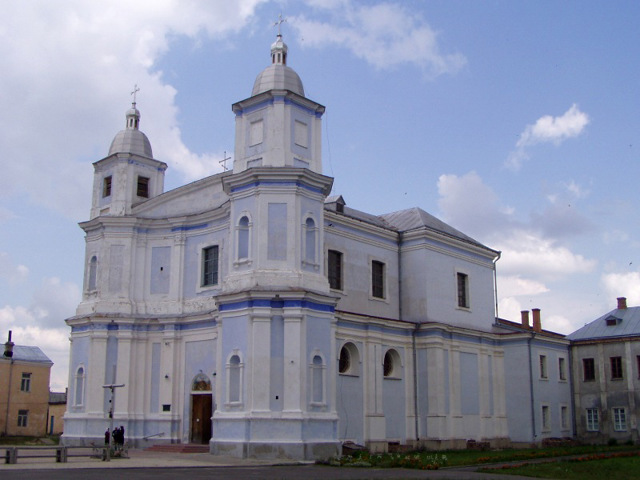
Nativity of Christ Cathedral
Temple , Architecture
The Cathedral of the Nativity of Christ is located in the center of Volodymyr.
It was built as a Jesuit church of the Sending of the Apostles within the boundaries of the surrounding town in 1755 by the Slonim elder Hnat Sadovskyi. The construction of the church in the late Baroque style lasted 15 years. In 1762, the Jesuit church acquired the status of the "Heart of Jesus" monastery. After the abolition of the Jesuit Order, the church was transferred to the Basilian Order, and in 1840 the monastery became Orthodox and was the residence of bishops. In 1921, it again came under the control of the Roman Catholic diocese.
Injured during the Second World War. Currently restored, it is the Orthodox Cathedral of the Nativity of Christ of the Orthodox Church of Ukraine.
Reviews Volodymyr
Geographical information about Volodymyr
| {{itemKey}} | {{itemValue}} |
|---|---|
| Region |
Volyn |
